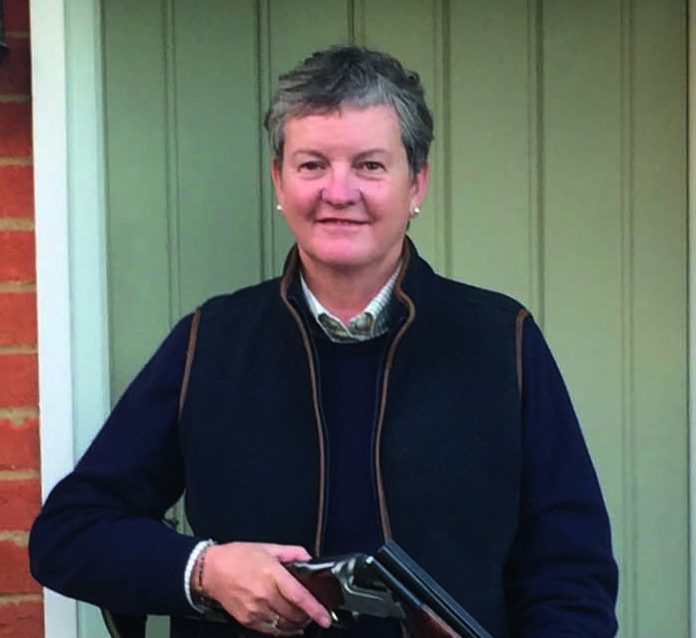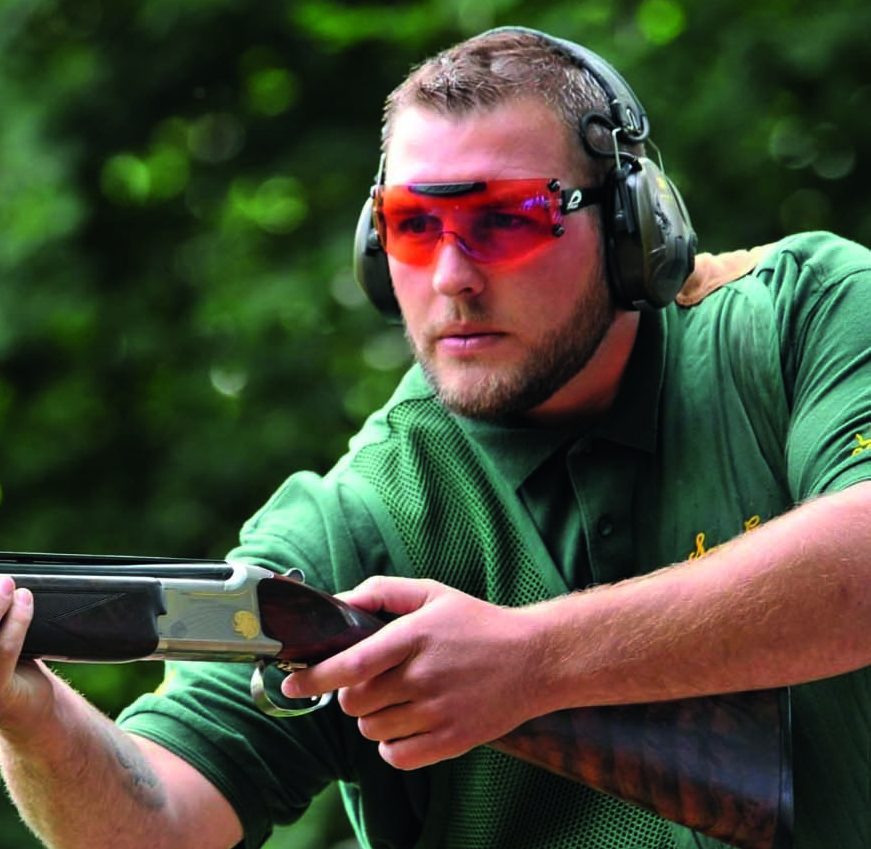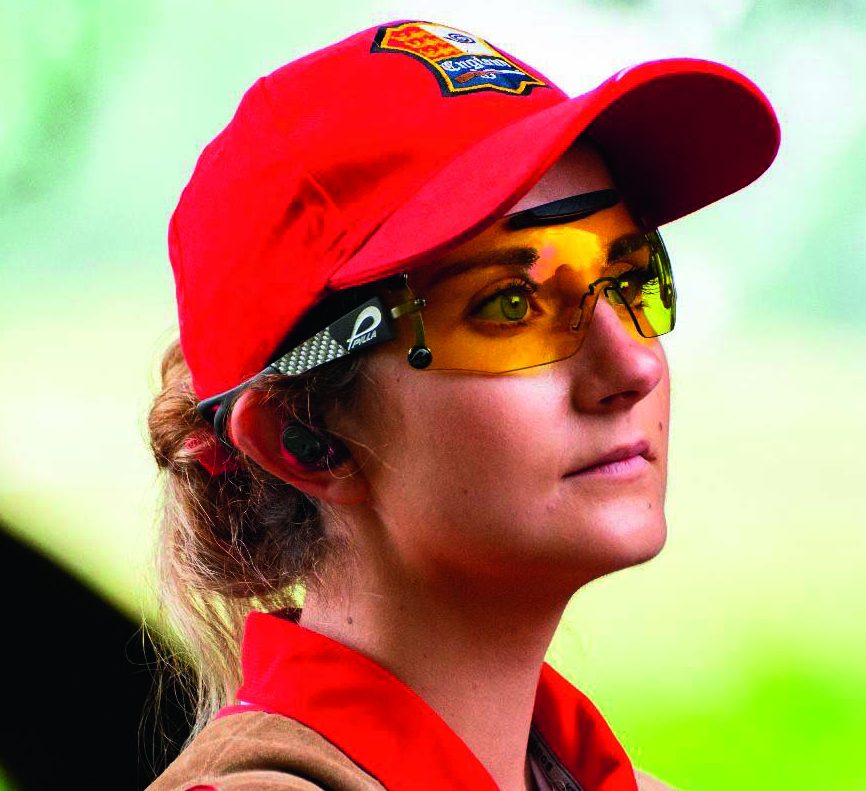Win CENS ProFlex DX5 earplugs worth £1,149 – enter here
Cost of shooting – how to shoot for less
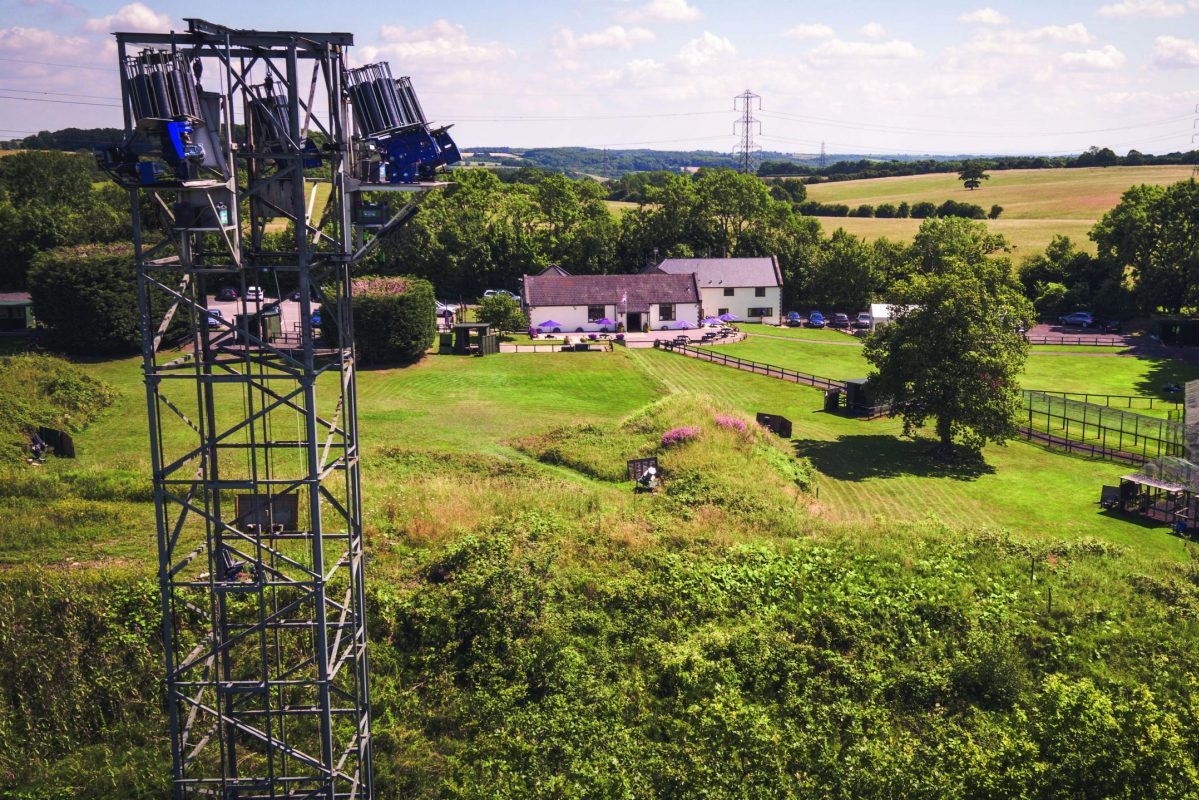
As the cost of living crisis continues to bite, the cost of shooting rises with everything else, as many of us will struggle to shoot to the extent we did just a few years ago. Heck, we’ve endured one financial shock after another. First Brexit, then Covid and now the energy crisis, fuelled by the war in Ukraine. If you are fortunate enough to find a little surplus cash in your pocket at the end of the month you’ll want it to stretch as far as possible. So, here are a few ways of guaranteeing the best bang for your buck. (To get a great deal, just check out our list for the best Black Friday deals for shooters).
Embrace the pre-loved
There are many barely used bargains out there to be had on eBay, Facebook Marketplace and Gumtree. None of these sites sell guns or shells, but they are an excellent source of new and almost-new clothes and shooting accessories; anything from skeet vests to riflescopes. Many retailers have eBay stores too, which they use as outlets for returns and clearance stock.
Searching in mid-October, we found plenty of pristine skeet vests on eBay from brands such as Seeland, Browning and Beretta. Prices started from just £30. There was also a wide selection of new and hardly worn Schöffel jackets, fleeces and gilets. (Click here for our lists of the best winter stalking kit, best shooting jackets and best clay shooting vests and clay shooting jackets).
Footwear can be a good bet because people often buy the wrong size but never get round to returning it, and boots are regularly discounted by the large retailers. When we looked, a pair of Harkila Driven Hunt GTX boots, which retail for £399.99, could be yours for £159.99. (Click here for our list of best shooting boots).
New old stock Salomon Speedcross 3 trainers, a favourite with clay Shots because they offer superb support and Spider-Man levels of grip, were just £32.39. The latest version and very similar Speedcross 5, retails for £130.
Guns under the hammer
What if you could buy an English Best Gun for less than the price of a decent shooting jacket? Auctioneer Gavin Gardiner reckons there’s never been a better time to pick up a second-hand bargain. “Three or four hundred pounds can get you a very good English side-by-side boxlock ejector,” says Gavin. “I have a beautiful mid-70s Webley & Scott 700 that’s in brand new condition. It would have been a very pricey £1,200 back in 1978 but today it’ll only make about £850. An average one would make between £350 and £500.”
If over-and-under is more your style, there are plenty of affordable options out there too. “There’s also tremendous value to be had in the over-and under-sector,” confirms Gavin. “A Belgian Browning B2G, a gun that always draws a crowd, is currently making £1,200 to £1,500. A new one costs £15,000 plus.
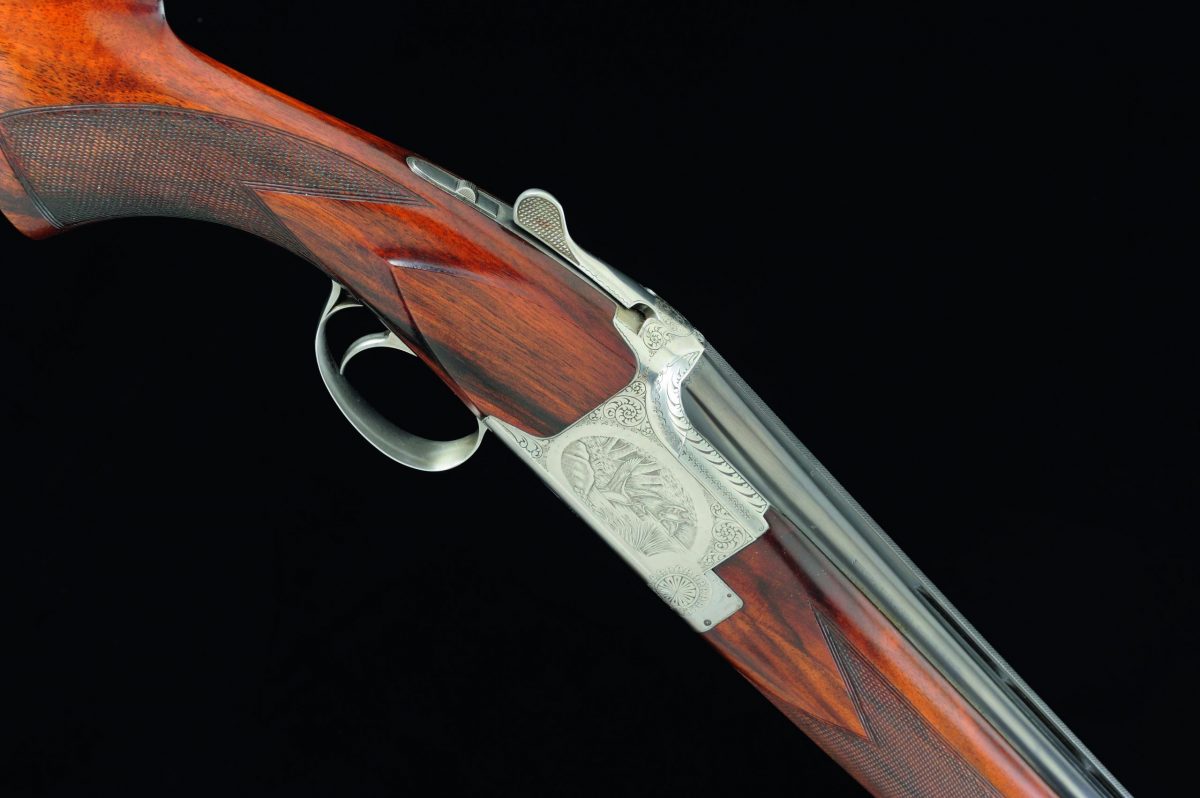
A classic Belgian gun for less. This Browning B2G with scenes of game in flight sold for £1,560 at Gavin Gardiner’s October auction
“Even more affordable are Mirokus, which can be had for very little money. In fact, many Miroku trap and skeet guns from the 1970s, ’80s and ’90s will go for as little as £150 to £200, despite being in excellent condition.”
Why are these guns so cheap? Primarily, because most will have 28in barrels, which is a couple of inches shorter than is currently fashionable, and they won’t be multi-choke or have 3in chambers.
Modern trap guns also have fancy ribs, endlessly adjustable stocks and other hi-tech appointments that these guns lack. None of which should be a deal-breaker.
The spectre of possible steel legislation has also put the wind up the vintage gun market. “It’s a nonsense really,” says Gavin, “because these guns are all nitro-proofed. So, they’ll be able to shoot standard steel, just not the high performance loads.”
Bargains in clear view
A Pilla lens, just the lens, not the whole pair of glasses, will cost you in the region of £200. So, budgeting for a four-colour set – usually a variation on yellow, grey, purple and orange – is enough to melt most credit cards.
Be honest, can you really tell the difference between a premium brand and glasses that are substantially cheaper? Even if you can, will that marginal difference make a noticeable improvement to your shooting?
Denzil Lee, MD of Evolution Sunglasses & Eyewear, stocks Pilla, Oakley, Bollé and other high-end brands alongside his own, much less expensive, Evolution range.
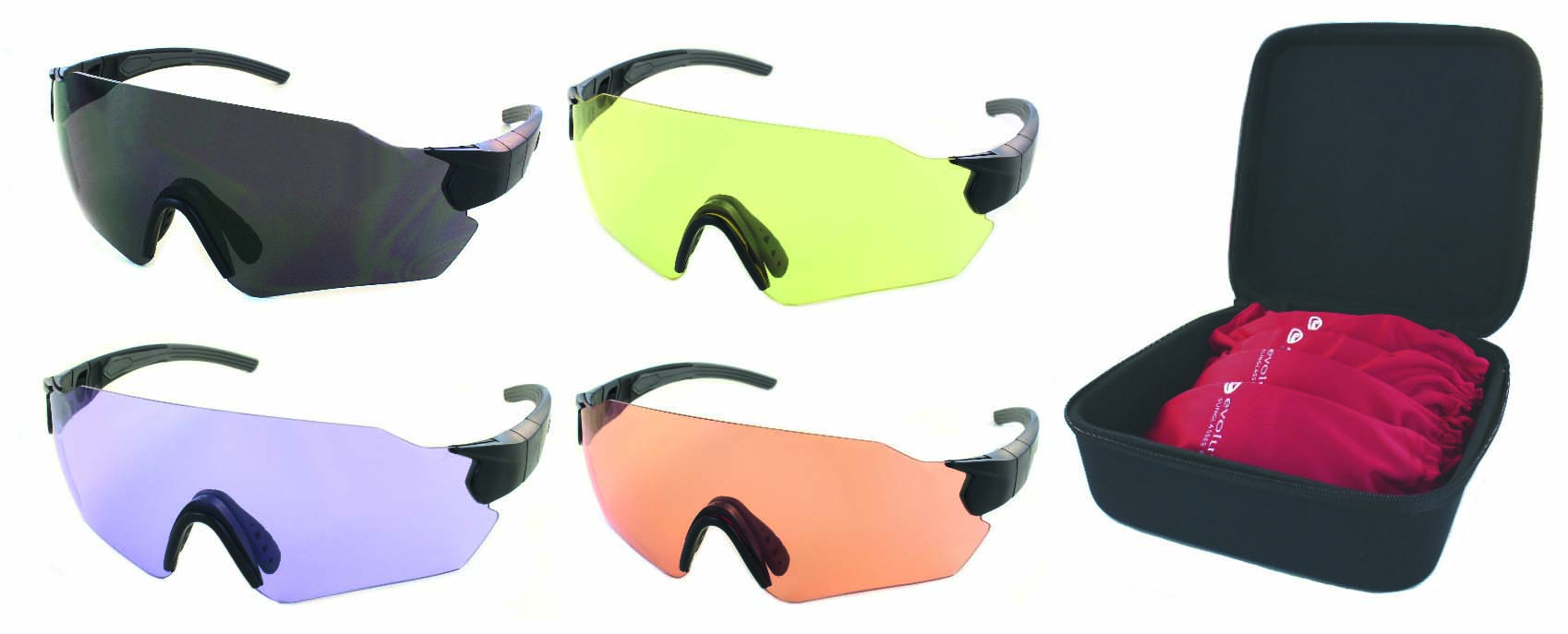
Quality shooting eyewear need not cost a fortune. This Evolution Chameleon bundle costs just £64.95 and will more than suffice
“Pilla is superior to Evolution,” agrees Denzil, “but the difference, anecdotally at least, is perhaps 10 to 15%. Pilla, with its superb Zeiss lenses, is roughly 10 times more expensive than Evolution, so users must work out for themselves where the value lies.
“For competition Shots shooting at the highest level, Pilla, or one of the other high-end brands, is the way to go. But for club Shots, a four-coloured bundle of Evolution glasses, such as the Chameleon or Connect X, is more than good enough at just £64.95.”
Inadvertently leaving them behind on the stand is considerably less distressing too.
Shelling out less?
Cartridges have risen in cost by about 25% over the past couple of years, and there’s no knowing whether we’re going to face further increases in the future.
The reasons for this are partly as a result of Brexit, Covid, the Ukrainian conflict and a weak pound, all of which have whipped up a perfect storm, with little sign of calm just yet.
For those shooting steel, a global shortage that originated in China has hiked prices even further.
So, does it make sense to switch to a cheaper product? Probably not if you’re serious about competition because you’ll want to invest in every performance enhancement available. You’re also likely to be dialled-in with the brand you already use.
Club Shots are also unlikely to switch because the well-known club-level shells, such as Eley Select, Hull Comp X, Gamebore Velocity+ and Lyalvale Express English Sporter are already very similarly priced.
And for game Shots? Without meaning to sound flippant, a day’s game shooting is so expensive that saving a few quid on shells is hardly worth it.
All Shots, whatever their pastime or discipline, can save a little money by ordering bulk quantities but that supposes you’ve got a tidy sum sitting ready in the bank. Many of us don’t.
The only option when it comes to buying cartridges is to keep a look-out for special promotions and money saving add-ons such as free delivery.
Bale out?
It’s easy to get sniffy about haybaler shoots – you know the scene, a basic layout, a handful of traps and a muddy field – but let’s not forget that this is the kind of set-up that got many of us into shooting in the first place. They’re relatively inexpensive and many are run to a good standard.
That said, this type of shoot would never hope to offer the same level of sophistication as a premier ground.
“We are continually trying to make the experience better for our customers,” says Adam Bromfield, MD at Ian Coley Sporting in the Cotswolds. “We aim to change our layouts every two weeks, and have high towers, cherry pickers and scissor lifts to make the shooting as varied and interesting as possible. Our ground, which features some stunning woodland, is beautifully kept and the traps are regularly maintained by Promatic for reliable, trouble-free operation.”
Coley’s, in common with most of the bigger grounds, also has an on-site gunroom, shop and catering facilities and is currently investing in a new café area, bigger reception and a large event space.
A bigger bang for your buck? Premier grounds cost more to shoot than haybalers, but you will get more for your money
Shooting here isn’t cheap, no shooting ever is, but there are ways to save money.
“Our investment in Pay & Play enables Shots to come and shoot precisely the number of clays they can afford,” says Adam, “There’s no pressure to shoot 100, 50 or even 25, just whatever suits your budget.”
The ground has also recently introduced a membership scheme that rewards Shots with reduced clay prices, discounts off clothing and accessories plus reductions at a neighbouring restaurant, a wine retailer,
a gym and other local partners.
Whether you fall for the gritty charms of a haybaler, or are seduced by the manicured lawns of a prestige ground, in the end it comes down to how you gauge value.
The haybaler is certainly the cheaper option, but a ground can offer you a lot more for your money.
Mixing it up
It may be a truism, but the simplest way to keep shooting for less is to explore cheaper alternatives. If you shoot game, then sim shoots offer almost the same amount of satisfaction for a fraction of the cost.
For many of us, it may be time to break away from our usual habits.
“If the pandemic taught us anything it was that for our mental well-being we need to be outdoors and participating in social activities that we enjoy,” says Karl Waktare, managing director of GMK.
“Therefore, I suggest looking at more affordable types of shooting like wildfowling or pigeon shooting. We recently bought a Stoeger air rifle and have had great fun in the garden shooting at spinning targets and tin cans!”
Cost of shooting – tips from the top to keep costs down
Nicola Heron – National director, CPSA
Shooting has always been an expensive sport, so the important thing during tougher times is to ‘keep calm and carry on’. Don’t compromise on quality. Everyone has different budgets, so shoot what you can afford. Most of all, enjoy your shooting.
Kirsty Hegarty – Olympic Trap Olympian
Only shoot when you really want to. I have headed to the range many times in terrible weather, because it’s a Saturday, even when my heart wasn’t in it. Five hours later I have nothing but a terrible score to show for the good money I’ve thrown down the range.
Don’t be seduced by false economy. It’s tempting to buy the cheapest cartridges but if they don’t suit you or your gun then you’re going to blast more down the range. This is especially true of trap disciplines where you’ll find yourself shooting two shots at everything.
Over the winter try some ‘flapper’ shoots – for DTL these can be either 15/20/25 bird re-entries. There is always a good atmosphere, and you will get your shooting fix without the expense of a 100-registered event.
Instead of travelling across the country, check out the clubs in your local area. Maybe try a new discipline rather than emptying the fuel tank.
Make your training count – have a plan, know what you are working on and want to achieve. I am a big fan of low-volume training. It builds focus, while keeping the costs down without feeling you are restricting yourself.
Sam Green – FITASC world champion
Instead of shooting a regular registered 100-bird Sporting on a Sunday, with no significant prize money to be won, you may find it better to save the travel and entry costs and use a local practice ground instead. This will enable you to hone your technique ready for the bigger competitions that are worth putting money into.
Or, for the price of entering a 100-registered shoot you could grab a lesson with a top coach. This will improve your shooting technique so you’re no longer just pulling the trigger in the hope you’ll get lucky.
I am very fortunate in a way because I have always stopped clay shooting through the winter months to enjoy pigeon shooting and rough shooting with my dogs, plus some deer stalking. Try something different.
Hannah Gibson – Sporting and Sportrap champion
We have been totally spoilt with the number of grounds open for midweek practice, but I believe a lot of people who shoot two, three or four times a week are doing so without purpose – they are just going through the motions.
I have always been a firm believer in quality over quantity, so it’s possible to shoot less, provided you shoot with intent.
Always plan your shooting based on what your budget will allow, and what you intend to achieve. By planning in advance, you’ll also be in a good position to access hotel deals, cheaper flights and so on.
John Robinson – Top-level shooting coach, elite triathlete and Mountain Rescue leader
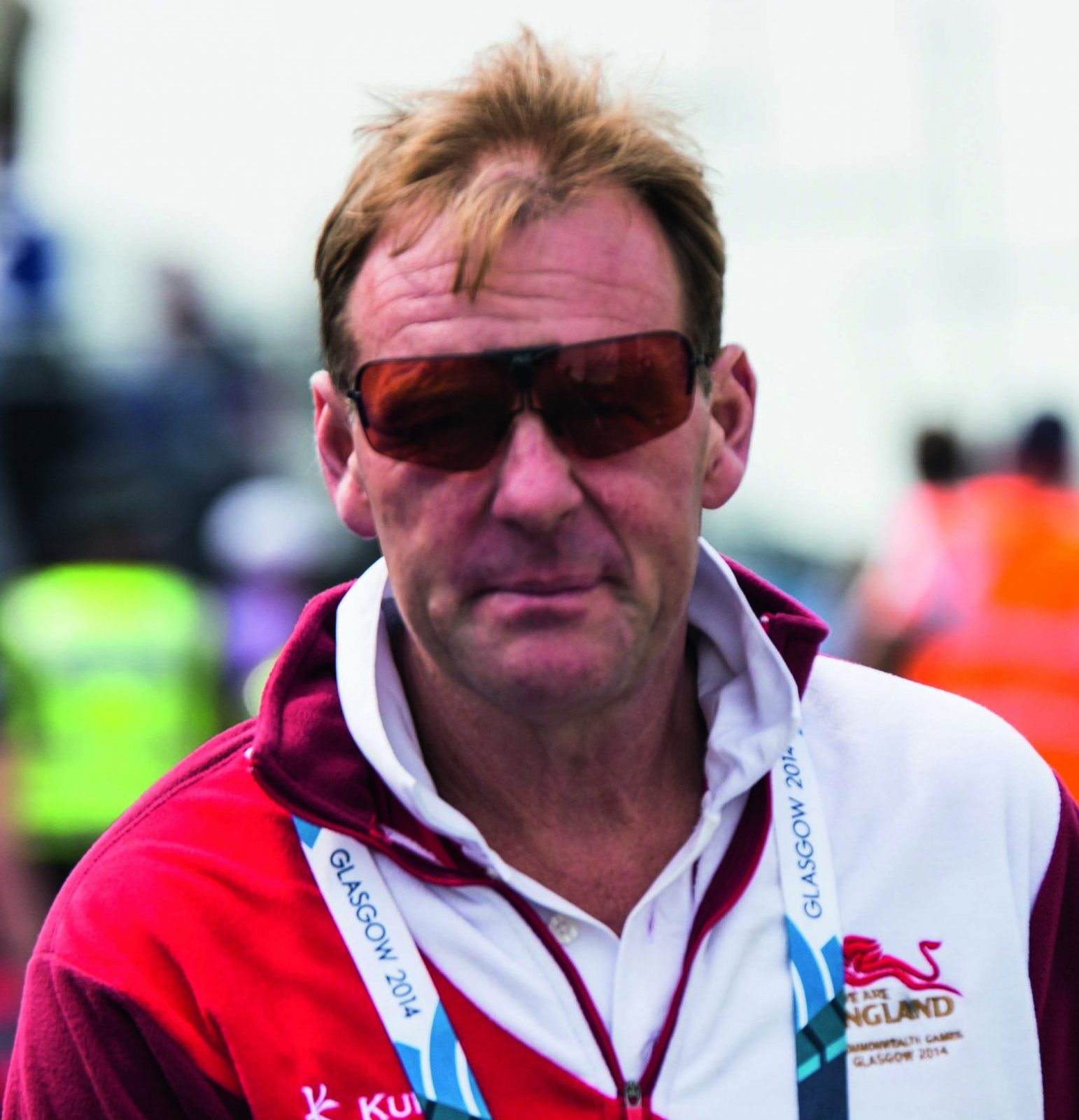
Shooting less can be more. Too many people fail to do any pre-shoot training and simply go out and shoot, either clays or game.
The following all takes place at home and costs nothing. Do make sure your gun fits beforehand, so you can take any variables out of the equation. Otherwise, the following steps are all wasted.
First, whether you are a game or clay shooter, understand and play through your ‘one-shot routine’. Go through the correct sequence of getting to your stand, which will instil a consistent routine, with no corners cut.
Second, do dry-mount gun practice with your eyes shut. This ensures that you do not look at your gun and will make you work on your balance. It’s something all shooters should do to ensure consistent and correct gun mounting.
Finally, ‘visualisation training’. Here you simply set yourself up, with your eyes shut, and visualise calling for a target or a gamebird coming your way. Then, when ready, you shoot with snap caps. It is one of the most powerful pieces of training. Pulling the trigger solely on live cartridges is never the best way to train.
Related Articles
Get the latest news delivered direct to your door
Subscribe to Shooting Times & Country
Discover the ultimate companion for field sports enthusiasts with Shooting Times & Country Magazine, the UK’s leading weekly publication that has been at the forefront of shooting culture since 1882. Subscribers gain access to expert tips, comprehensive gear reviews, seasonal advice and a vibrant community of like-minded shooters.
Save on shop price when you subscribe with weekly issues featuring in-depth articles on gundog training, exclusive member offers and access to the digital back issue library. A Shooting Times & Country subscription is more than a magazine, don’t just read about the countryside; immerse yourself in its most authoritative and engaging publication.






